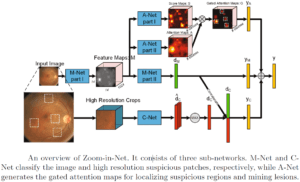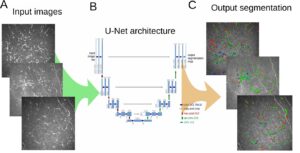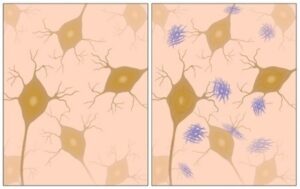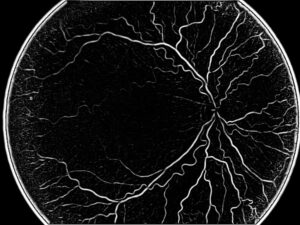Automatically Measuring Pupil Distance
For the manufacturing and prescription of modern eye glasses there is a need for high precision measurements. The measured morphological features of the patient’s face and eyes are correlated with physical features of the glasses to ensure the best fit. One of the most important measurements is the interpupillary distance (PD), which is the distance between the projections of the pupil on the cornea (front side of the eye) for the left and right eyes. The center of vision corresponding to the pupil need to be determined with high precision.
Classical pupil distance measurement methods included the use of a ruler and a pupilmeter. However, these methods were highly error prone and did not fit modern requirements for precision. Such requirements are especially strict in modern glasses, which can accommodate several types of vision corrections: far, intermediate, and near on the same pair. To fit modern precision requirements, lens manufactures have developed systems to measure pupil distance with an error tolerance in the range of one millimeter or less. These measurements are performed on images of the patient’s face, taken while they stand still. However, these systems have several disadvantages, primarily caused by their high cost and lack of portability, due to their large size. As algorithms have advanced some manufacturers have employed expensive 3D technologies for precise pupil distance measurement. Within these systems, patient motion compensation is already embedded, and errors of less than 0.25 millimeters have been achieved. However, these expensive technologies are not yet accessible equally, while vision impairment is frequent throughout the world.While the portability of heavy equipment is limited, and sophisticated technologies are still in the reach of few, a remedy might be the use of portable devices, such as cellphones and tablets. Micro-optics embedded within phones keep improving, and algorithms for pupil distance measurement can be embedded as applications in them.
Sophisticated algorithms developed by RSIP Vision for pupil distance measurement are well-suited for integration into machinery used in eye clinics and can also be embedded as an application in portable devices, such as phones.
Sophisticated algorithms developed by RSIP Vision for pupil distance measurement are well-suited for integration into machinery used in eye clinics and can also be embedded as an application in portable devices, such as phones.

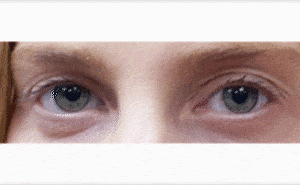
 Ophthalmology
Ophthalmology